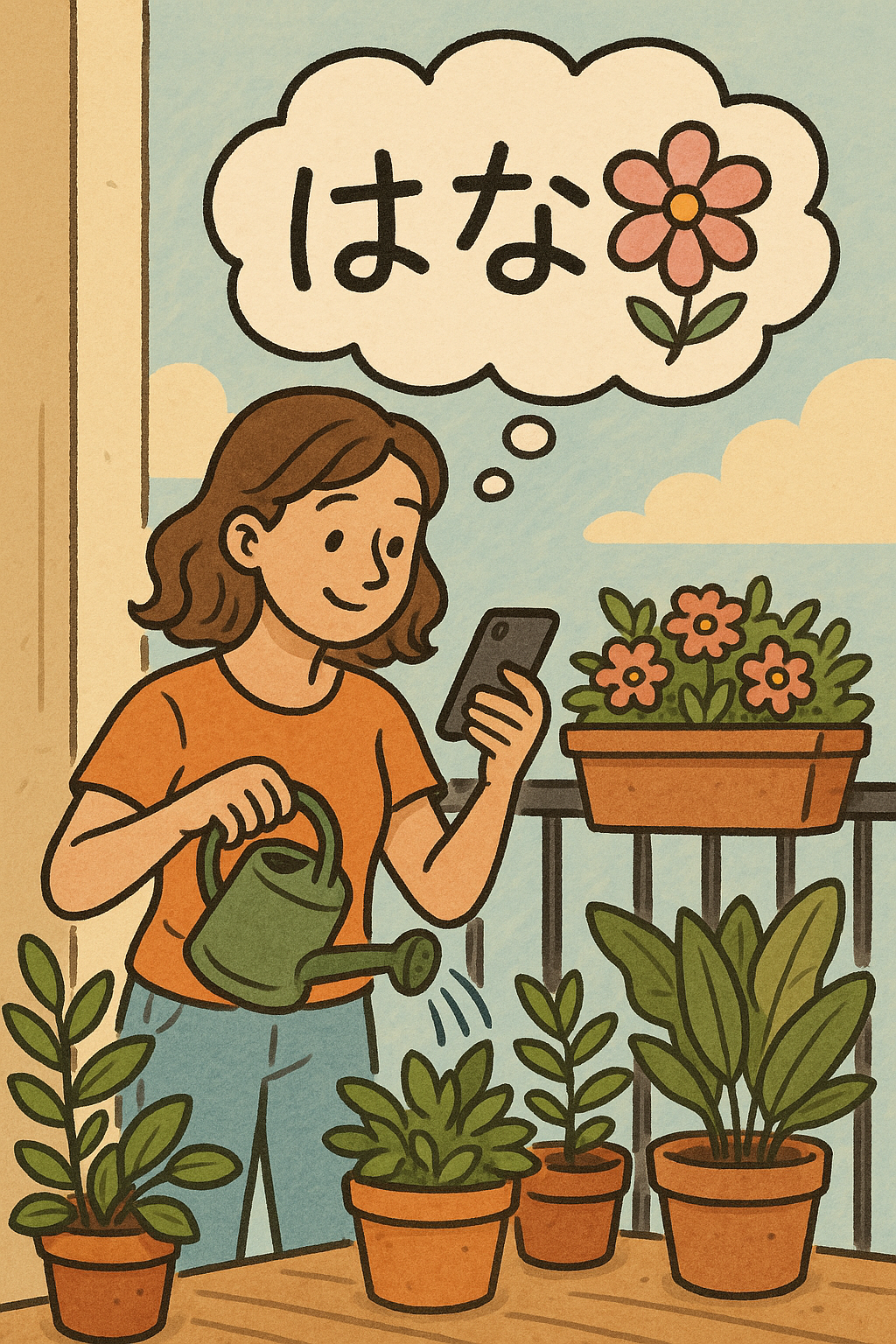Kana Through the Seasons: How to Relate Hiragana and Katakana to Seasonal Japanese Festivals
Learning Japanese can feel overwhelming, especially when it comes to mastering the two syllabaries: Hiragana and Katakana. However, there’s a fun and engaging way to enhance your language skills—by connecting them to the vibrant world of Japanese festivals. This post will guide you through seasonal vocabulary linked to various festivals, helping you learn Hiragana and Katakana in a culturally rich context.
Understanding Hiragana and Katakana
What Are Hiragana and Katakana?
Before diving into the festivals, it’s essential to understand what Hiragana and Katakana are:
- Hiragana: A phonetic script primarily used for native Japanese words, grammar particles, and words without kanji.
- Katakana: Also a phonetic script, Katakana is mainly used for foreign words, onomatopoeia, and the names of plants, animals, and minerals.
Both scripts are crucial for reading and writing in Japanese, and each has its own unique set of characters.
The Importance of Seasonal Learning
Learning vocabulary through the lens of seasons and festivals not only makes the process enjoyable but also provides cultural context. Associating words with visuals and experiences can significantly enhance memory retention.
Seasonal Japanese Festivals and Related Vocabulary
Spring Festivals: Hanami (花見)
Spring in Japan is celebrated with Hanami, the cherry blossom festival, where people gather to enjoy the blooming sakura trees.
#### Key Vocabulary
- さくら (sakura) - cherry blossom
- ひろげる (hirogeru) - to spread (as in a picnic blanket)
- おにぎり (onigiri) - rice ball
#### Practice with Hiragana
Try writing the vocabulary above in Hiragana. You can also create simple sentences like:
- さくらがきれいです。 (The cherry blossoms are beautiful.)
- おにぎりをたべます。 (I will eat rice balls.)
Summer Festivals: Tanabata (七夕)
Tanabata, or the Star Festival, occurs in July and celebrates the meeting of two star-crossed lovers represented by the stars Vega and Altair.
#### Key Vocabulary
- たなばた (Tanabata) - the Star Festival
- ねがいごと (negaigoto) - wish
- おりひめ (Orihime) - the weaver princess
#### Practice with Katakana
Write the vocabulary in Katakana and relate it to the festival:
- タナバタのねがいごとをかきます。 (I will write a wish for Tanabata.)
- オリヒメがすきです。 (I like Orihime.)
Autumn Festivals: Momiji (紅葉)
As autumn sets in, the Momiji festivals celebrate the changing colours of the leaves. People flock to parks and mountains to admire the vibrant reds and oranges.
#### Key Vocabulary
- もみじ (momiji) - autumn leaves
- こうよう (kouyou) - autumn colours
- しゅうかく (shuukaku) - harvest
#### Practice with Hiragana
Use Hiragana to create sentences:
- もみじがあかいです。 (The autumn leaves are red.)
- しゅうかくのとき、たくさんのくだものをたべます。 (During harvest time, I eat a lot of fruit.)
Winter Festivals: Setsubun (節分)
Setsubun marks the end of winter and the beginning of spring, celebrated with the tradition of throwing roasted soybeans to ward off evil spirits.
#### Key Vocabulary
- せつぶん (Setsubun) - the seasonal division
- おに (oni) - demon
- まめ (mame) - beans
#### Practice with Katakana
Write the vocabulary in Katakana and create a sentence:
- セツブンにおにはそと、ふくはうち。 (At Setsubun, demons out, good fortune in.)
- マメをなげます。 (I will throw beans.)
Practical Steps to Enhance Your Learning
1. Attend Local Festivals: If possible, participate in local Japanese festivals. This immersive experience will help reinforce your vocabulary and cultural understanding.
2. Create Flashcards: Design flashcards for each seasonal vocabulary word. Write the word in both Hiragana/Katakana and English on separate sides.
3. Visual Aids: Use pictures of the festivals alongside the vocabulary. Associating images can help you remember the words more effectively.
4. Practice Writing: Set aside time each week to practice writing Hiragana and Katakana. Focus on the seasonal vocabulary related to the festivals.
5. Engage with Native Speakers: Join language exchange groups or online forums where you can practice using your new vocabulary with native speakers.
Kana-Focused Exercises
Here are a few exercises to reinforce your learning:
Exercise 1: Fill in the Blanks
Fill in the blanks with the appropriate Hiragana or Katakana:
1. __________ (Hanami) is celebrated in spring.
2. We write our __________ (wish) during Tanabata.
3. The __________ (autumn leaves) are beautiful in November.
Exercise 2: Match the Vocabulary
Match the Hiragana/Katakana word to its English meaning:
- もみじ
- おに
- さくら
a. Cherry blossom
b. Demon
c. Autumn leaves
Exercise 3: Sentence Creation
Using the vocabulary you’ve learned, create three sentences about your favourite season or festival.
By intertwining your language studies with the richness of Japanese festivals, you’ll not only learn Hiragana and Katakana but also deepen your understanding of Japanese culture. Embrace this engaging method of learning, and you’ll find that language study can be a delightful journey.
Download Kanabloom on iOS.
